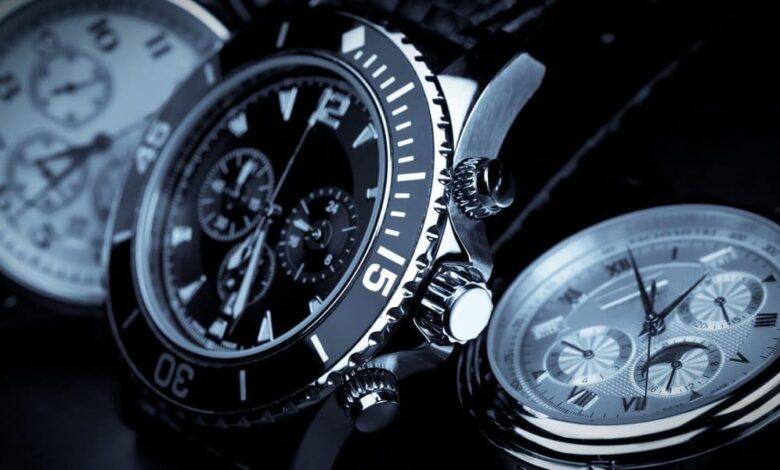Mistakes to Avoid While Buying Mens Watches

With all these brands, styles and price points to choose from, finding your perfect watch can be daunting. But the rush of buying, however, makes it a snap to make just one or two key mistakes. The following article will teach you how to avoid the most common traps for buyers of a new men’s watch. From not knowing your own tastes to missing critical factors like quality and costs, you’ll break down the biggest in any language. For the right advice on buying a mens watches, continue reading.
1. Not Knowing Your Style
Especially with all the excitement of looking at watches, it is too easy for you to end up buying a timepiece that doesn’t really match your personal tastes. Before setting foot in a store, spend some time thinking about your personal style. Do you wear jeans and tshirts or dress shirts and slacks?
Also, do you tend more toward sporty styles cut for activities or classic looks that work in everything from office to golf course? Or is a dress watch that feels at home in the office more to your liking? You can pick and choose. The answers to these questions of whether you like sporty, dressy or classic styles will provide significant guidance for watch categories such as dive watches and chronographs.
2. Ignoring Quality and Durability
Of course, price isn’t always a good indicator of quality. But cheap watches often use cheaper materials that won’t last for years to come. But cheap watches may stop working or break after only a few months. So when budgeting, think along reasonable lines about how much to spend on a watch that one imagines will last years if looked after properly. Swiss or Japanese movements are generally more durable. Water-resistant and scratch-proof crystals also prolong a watch’s useful life.
3. Failing to Consider Servicing Costs
Even top watches need regular servicing to change worn parts and keep them working properly. On average, automatic watches require servicing every 5-10 years. Quartz watches less, but batteries do need changing. Build future repair bills into your budget to factor in potential service costs. So cheaper watches may not be serviceable in the long run.
4. Relying Solely on Online Research
Of course, online research is priceless. But nothing beats actually trying watches on yourself before buying them. Differences in size, weight and feel can’t be sensed until you wear the real watch on your wrist. Check out different styles from many brands by going to local jewelers and department stores. If you must experience it for yourself, this hands-on testing lets you know what your real tastes are as opposed to being online.
5. Ignoring Resale Value
Some brands and models of watches retain their value more. If you also might consider selling your watch in the future, try brands and limited editions that will cost a reasonable amount to acquire on the secondhand market. Luxury brands with a large following typically have the best resale market. But more affordable fashion brands may be harder to later flip for profit. The resale value will protect your initial investment.
6. Getting Swayed by Gimmicks
Don’t let marketing gimmicks like special editions or exaggerated MSRPs fool you into thinking there is some kind of imaginary significance. To avoid the average prices marked up that are so-called, do some research on real customer prices. Stick to a realistic budget and shop for features you will make use of, rather than flash. Since watches are something you only buy once, it’s best to get what you want rather than a deal.
Conclusion
A little refined thinking and a few obvious tricks will help your next watch purchase become yet another prized piece of your beloved collection. Quality, durability and personal style combined with realistic costs can help you find the ideal mens or womens watches for yourself.
